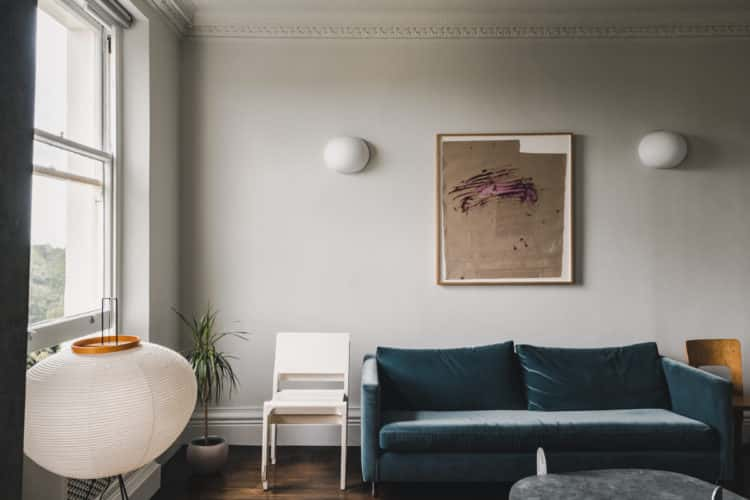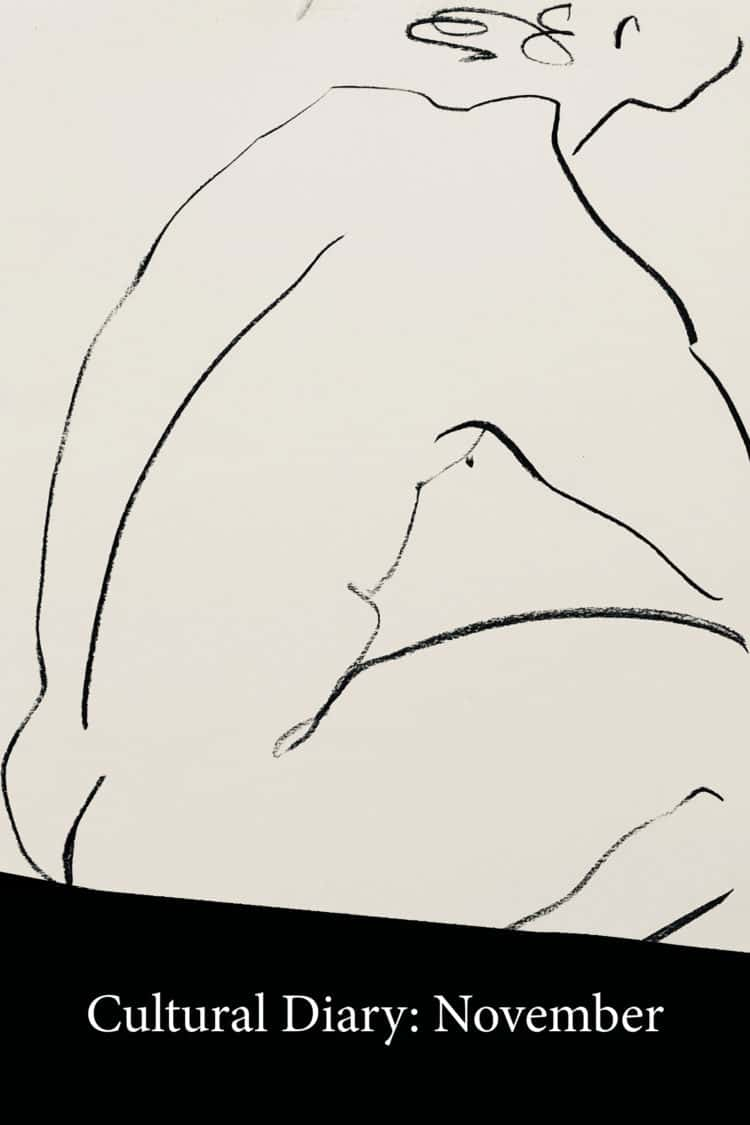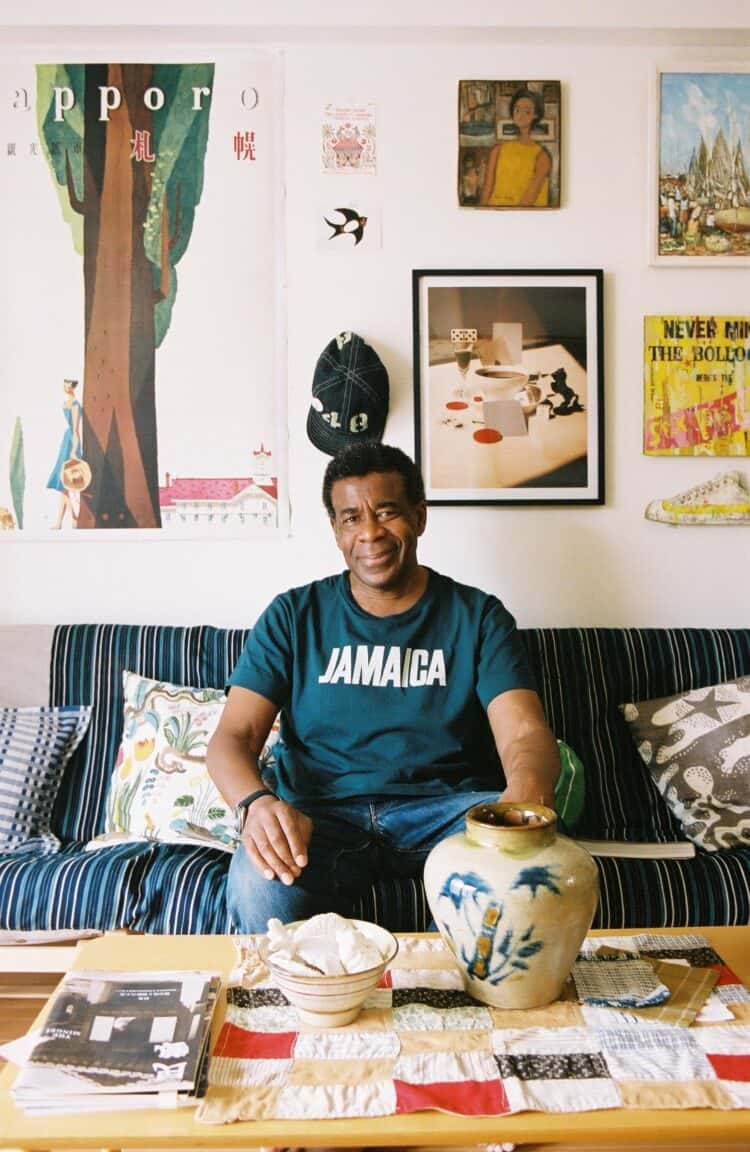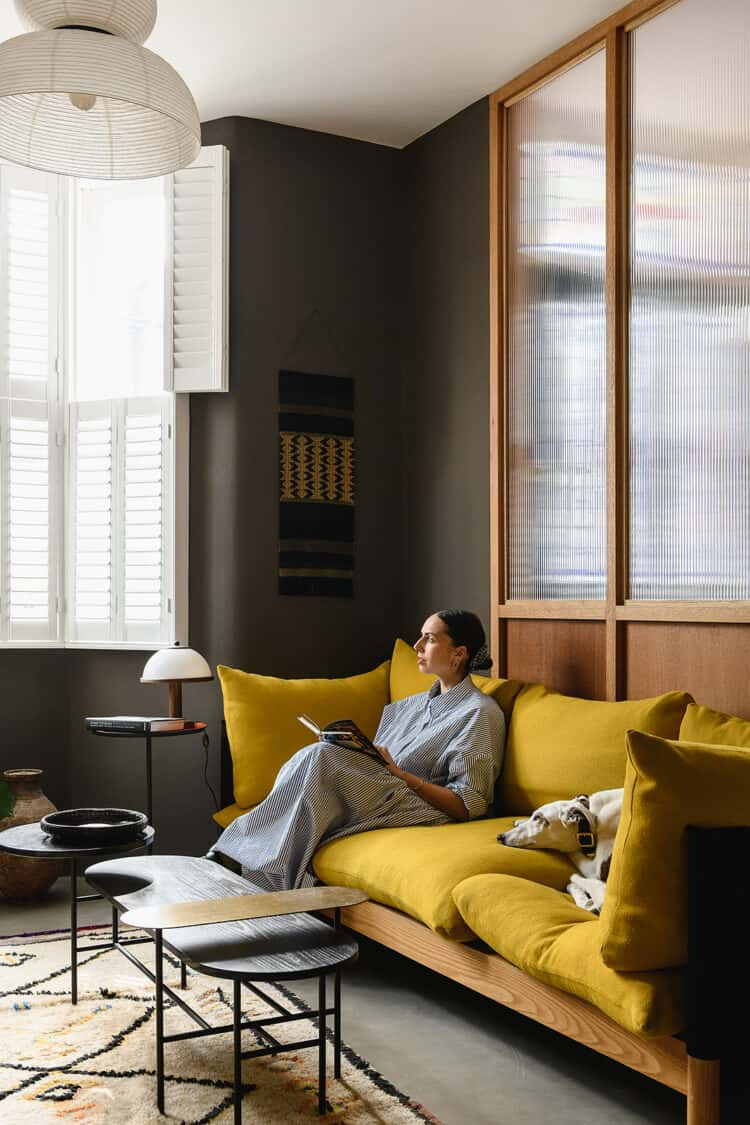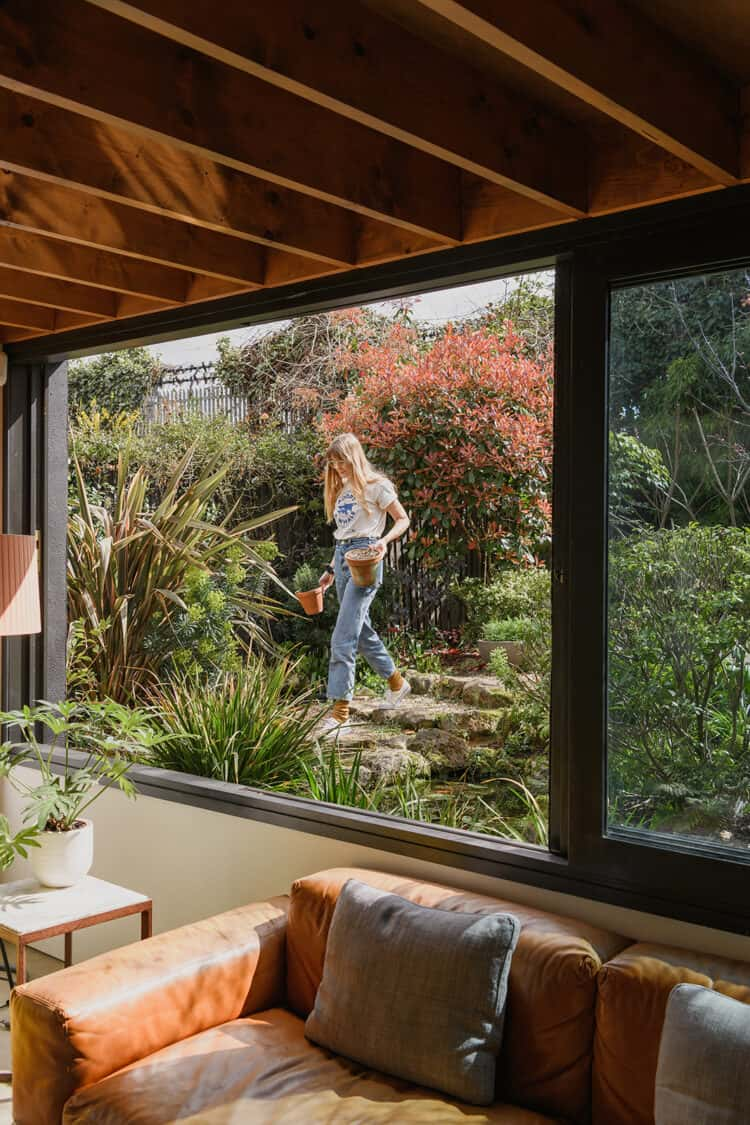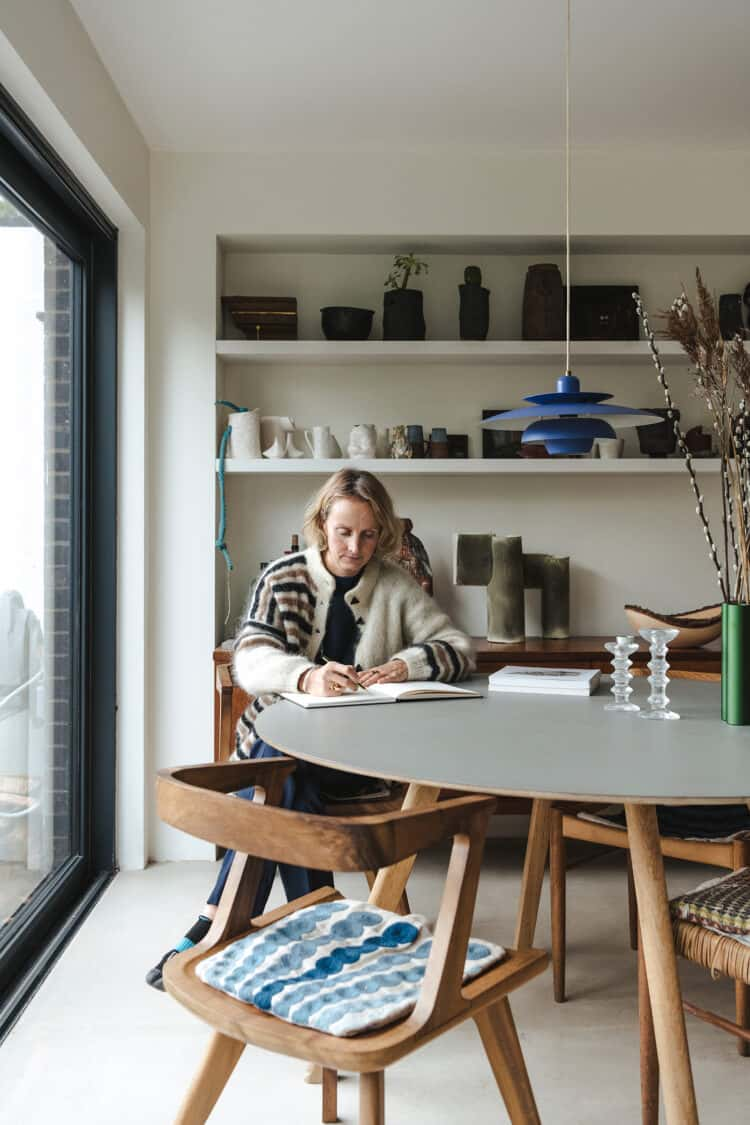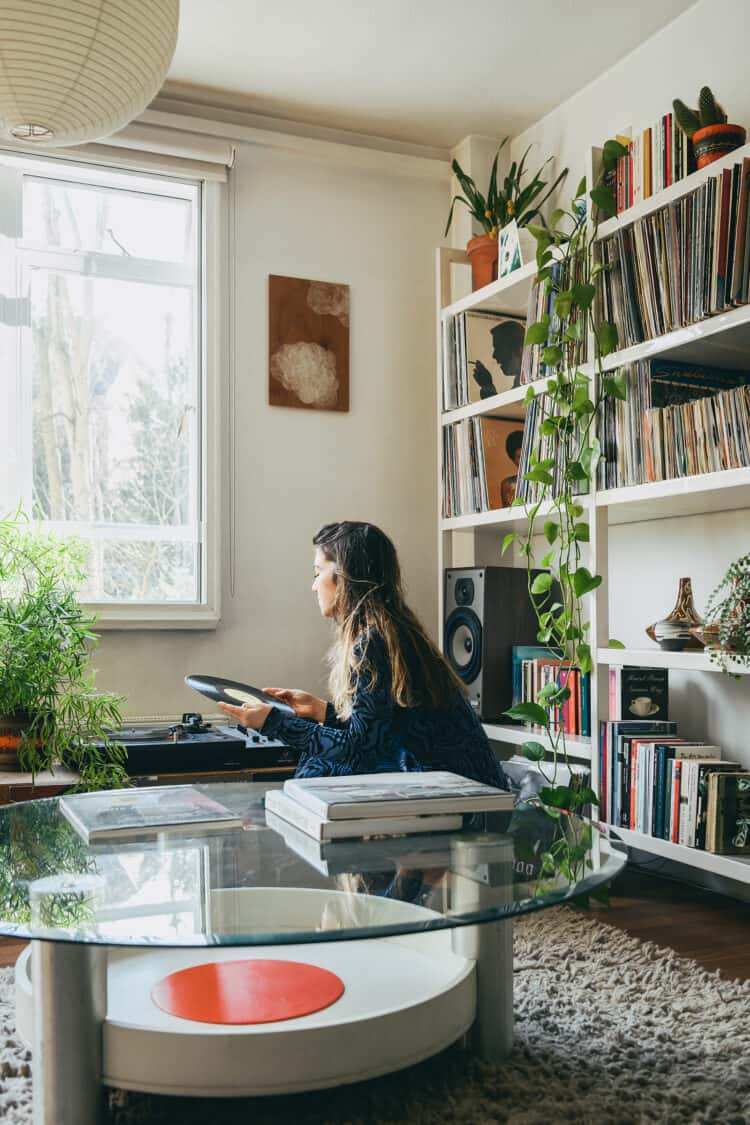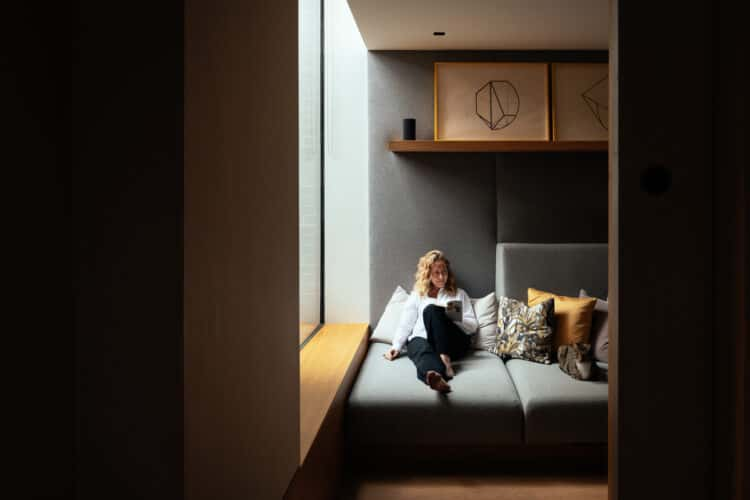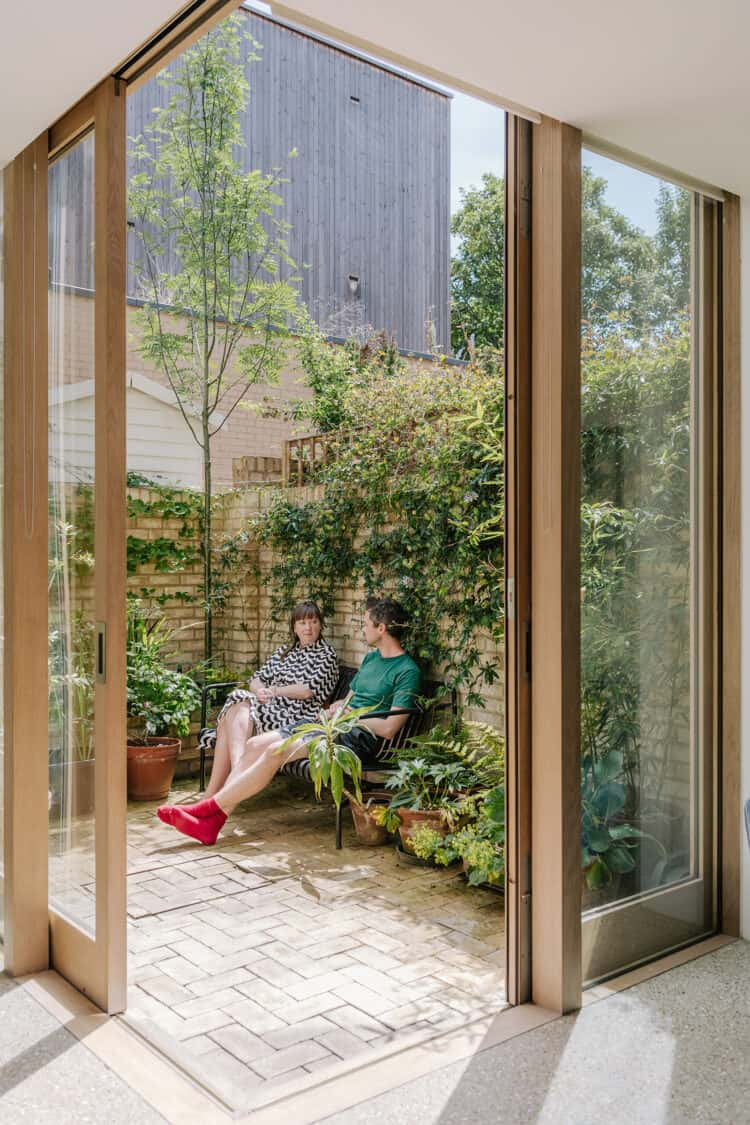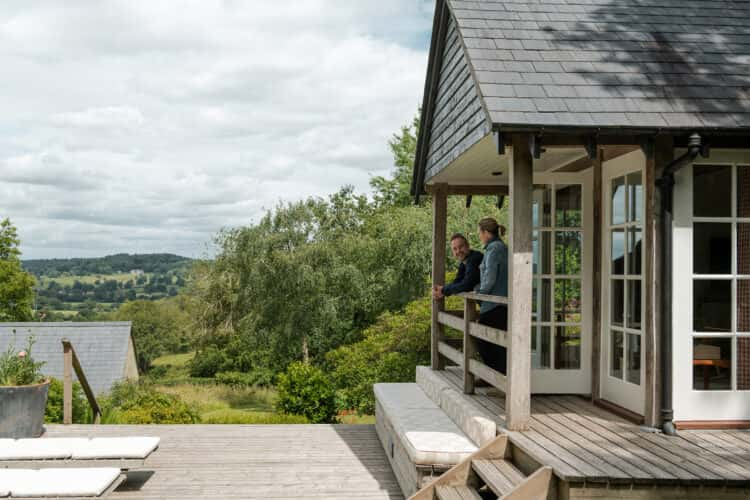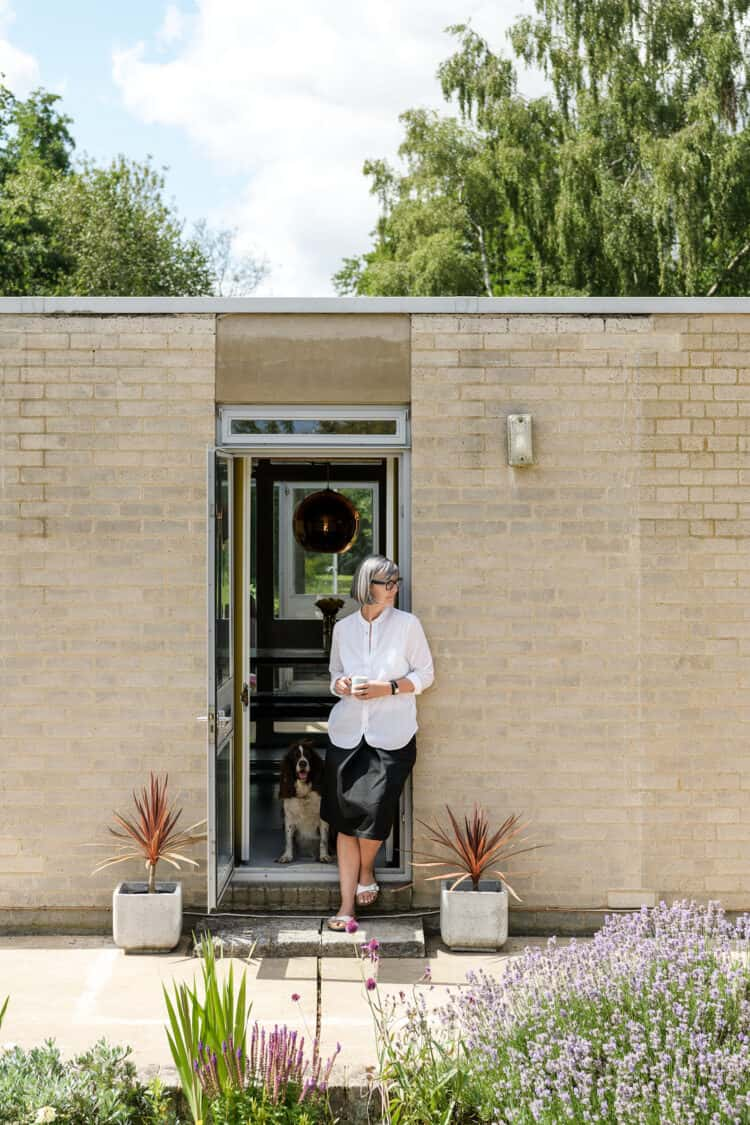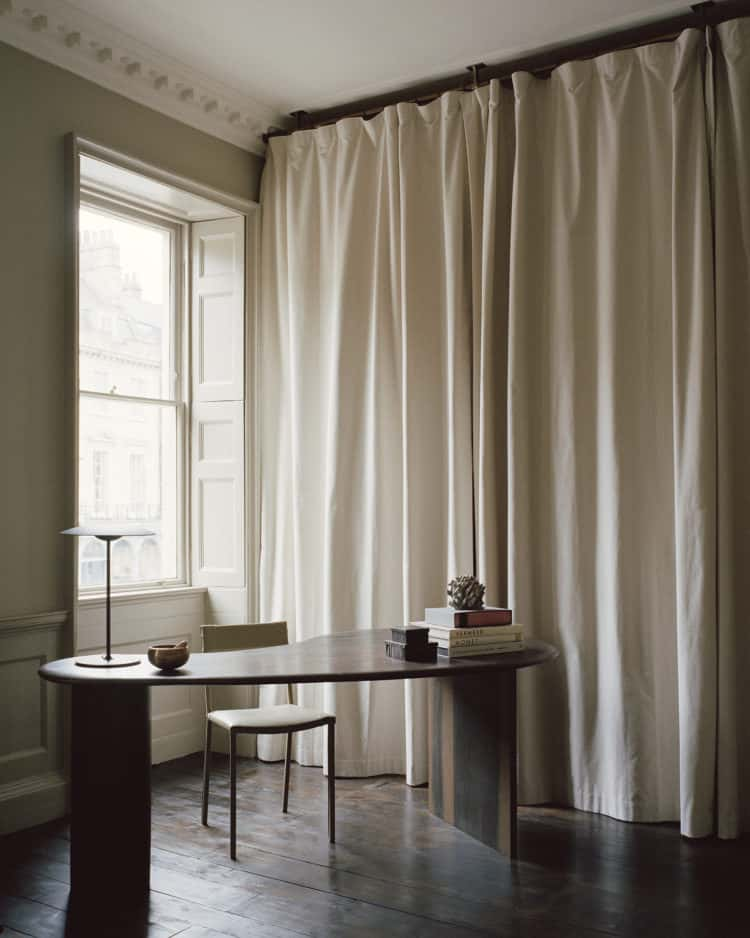My Modern House: curator Oscar Humphries shares his tips for starting an art collection at his flat overlooking Hyde Park
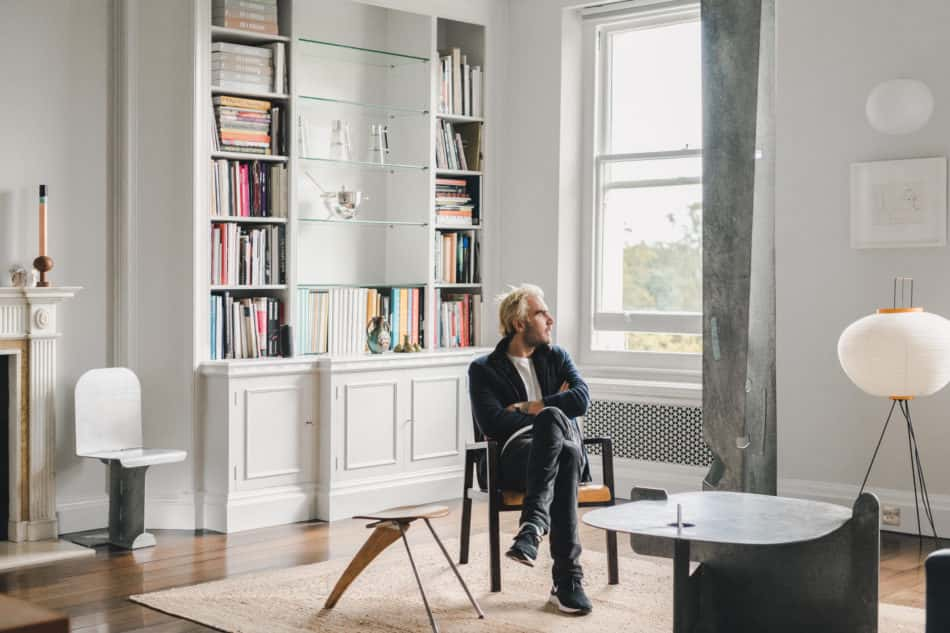
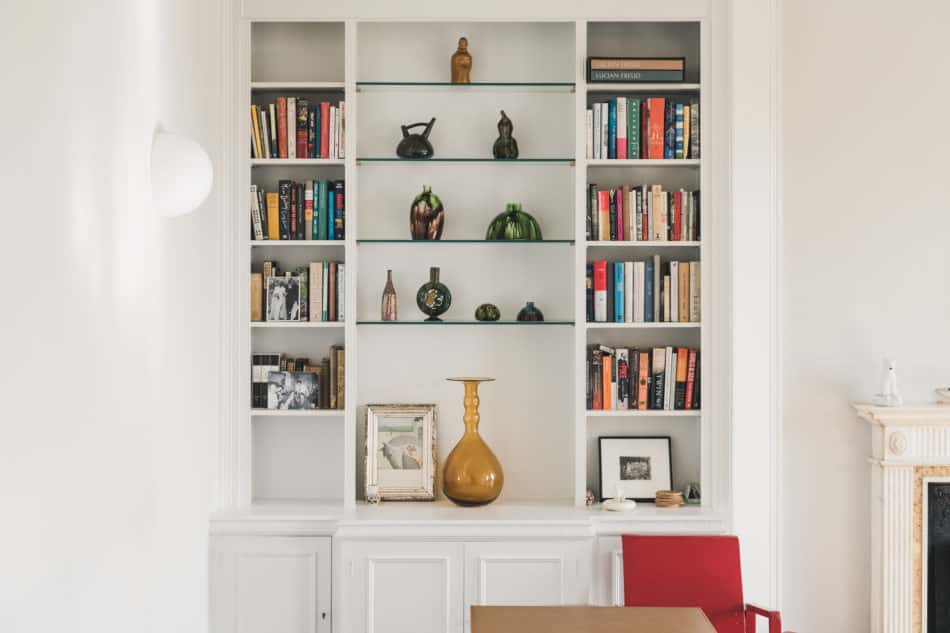
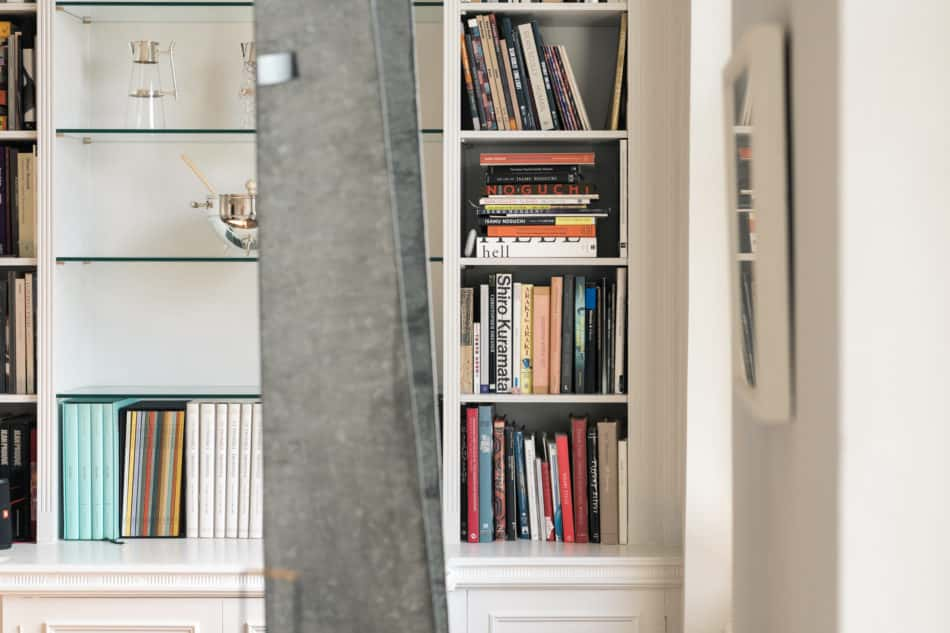
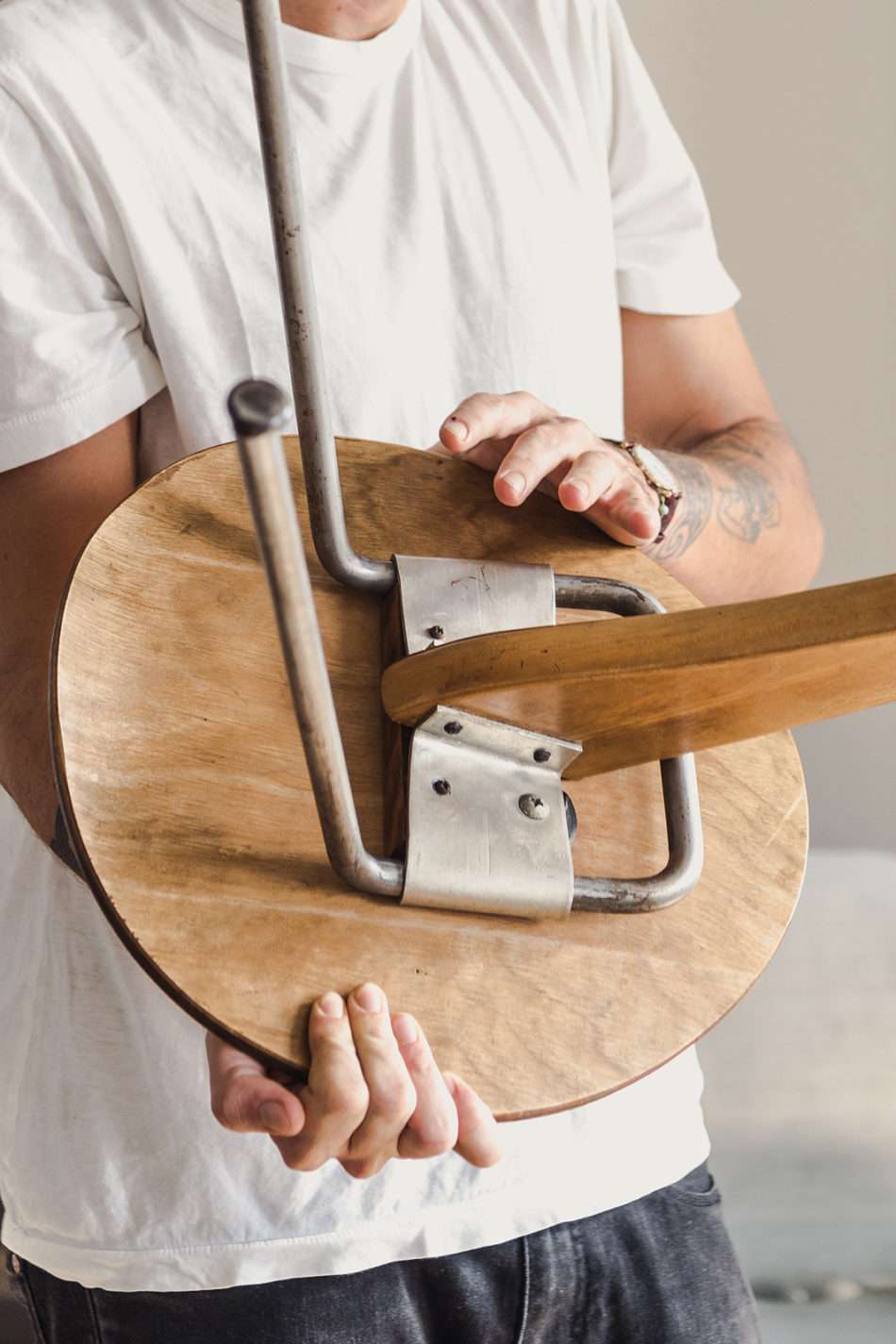
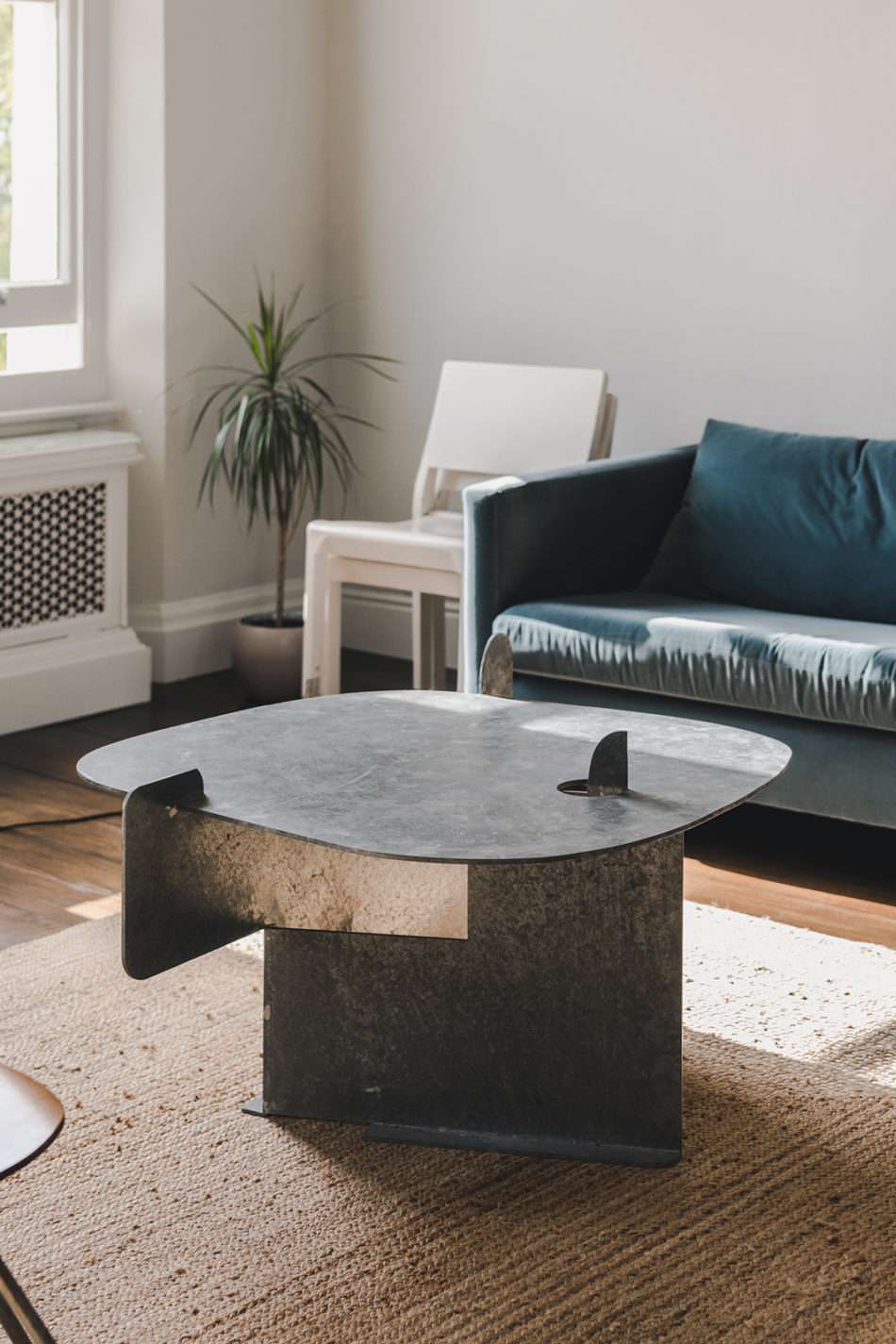
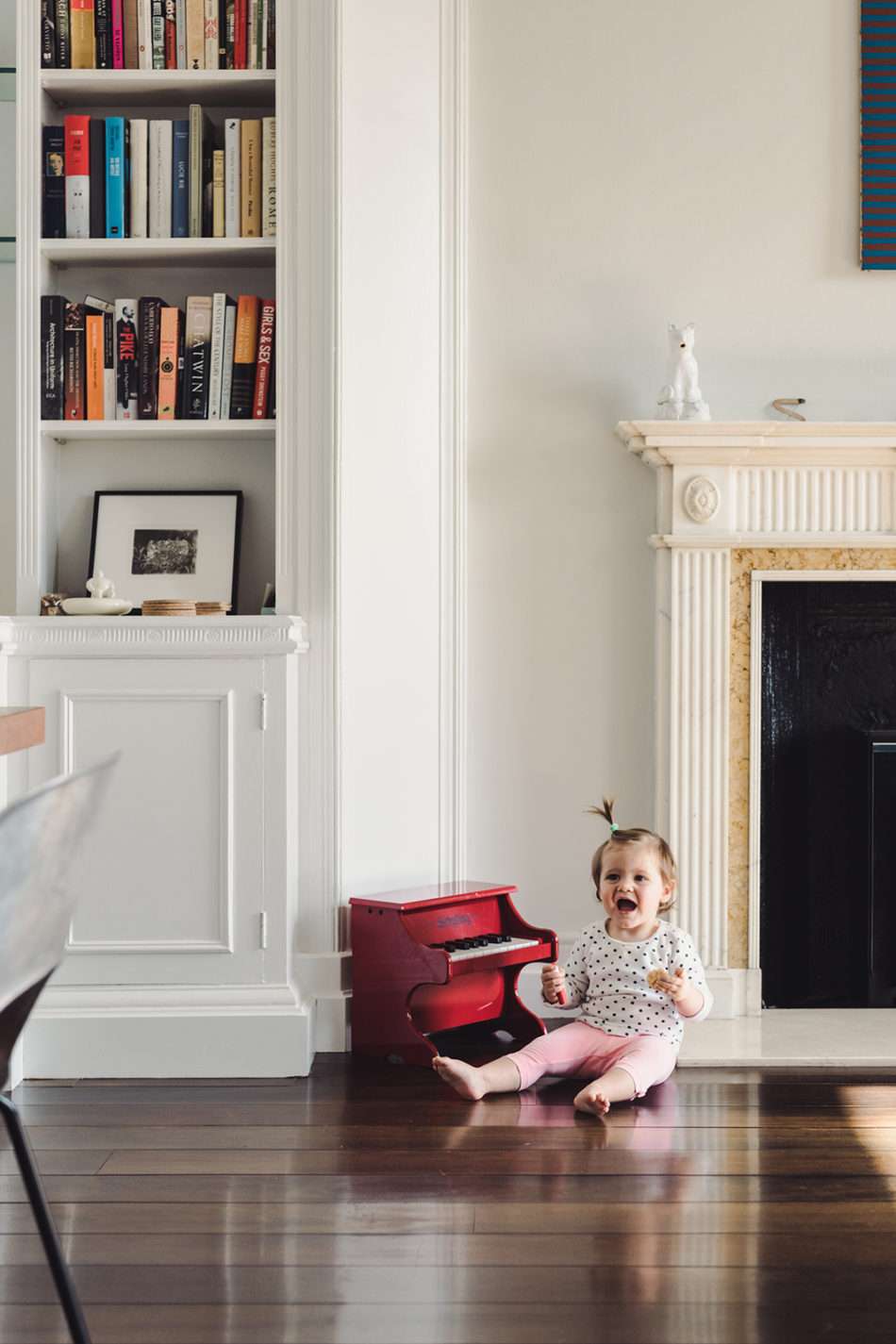
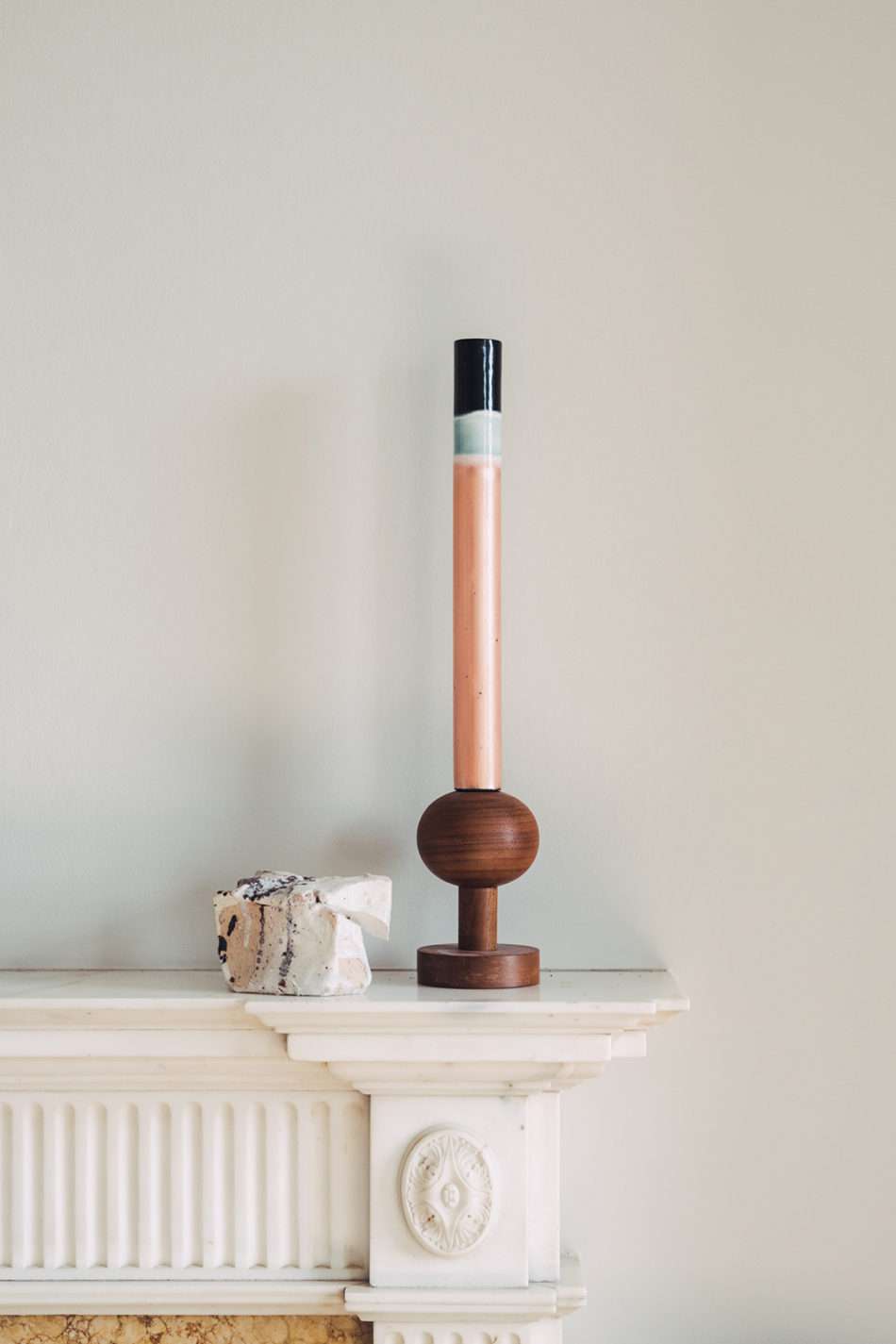
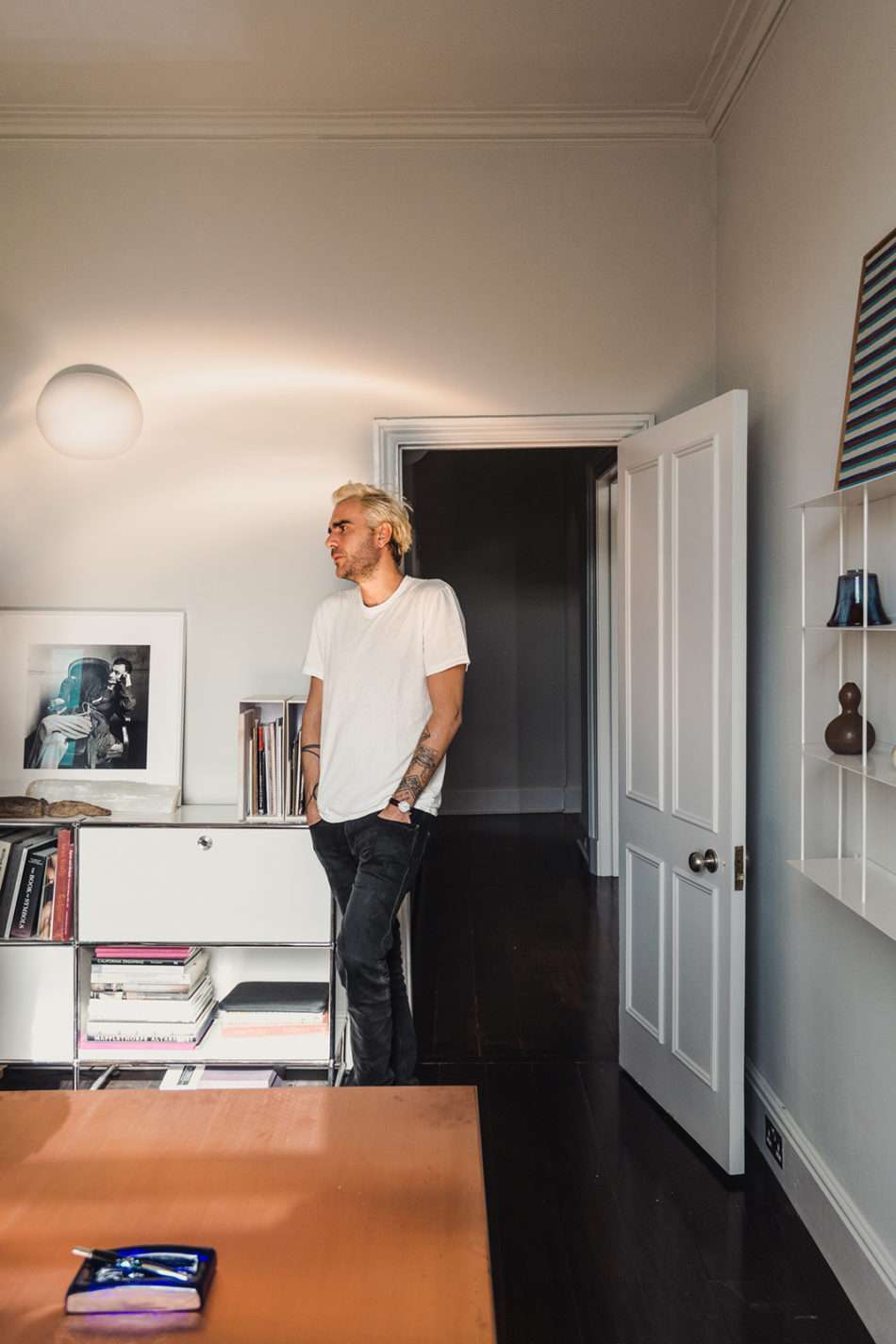
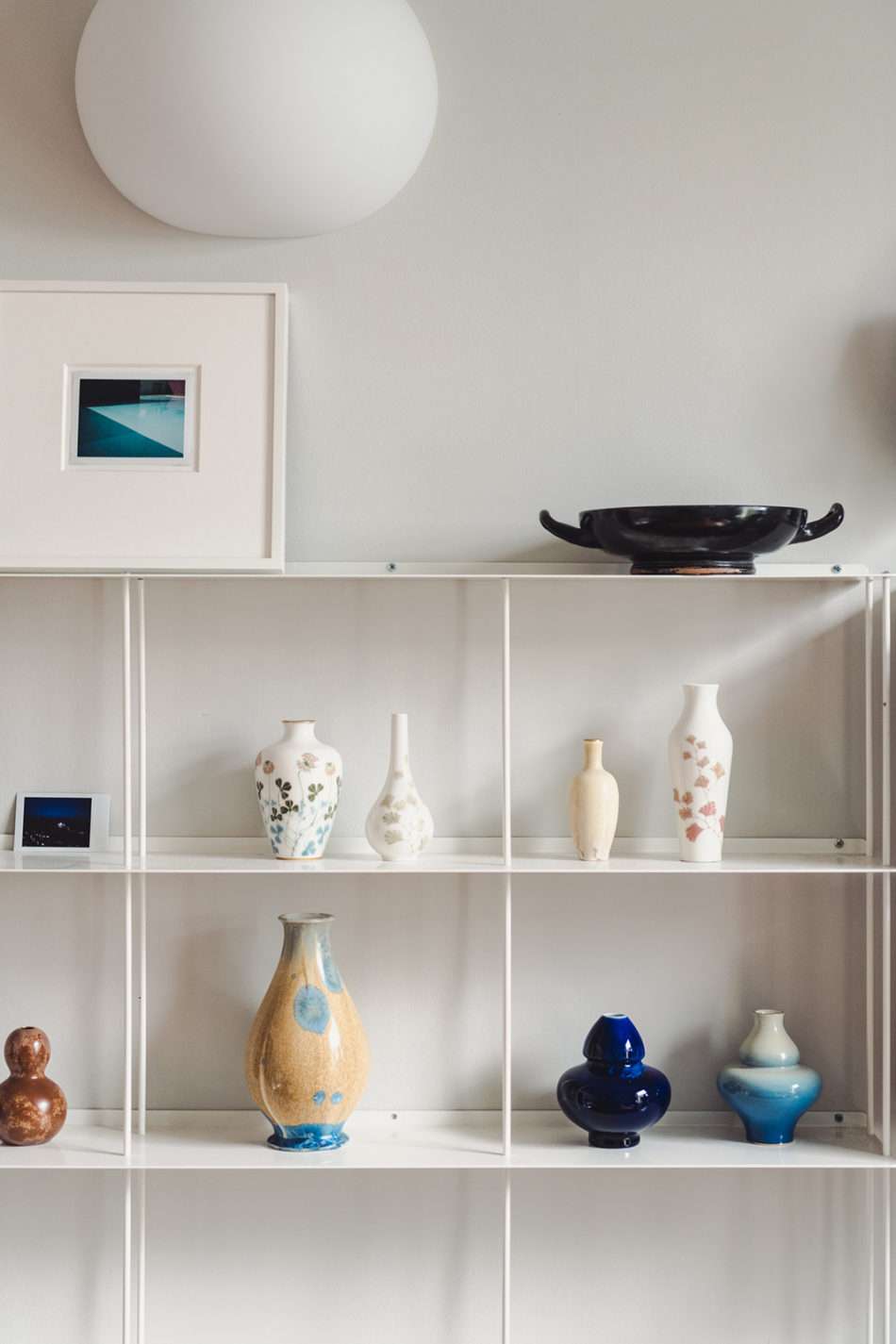
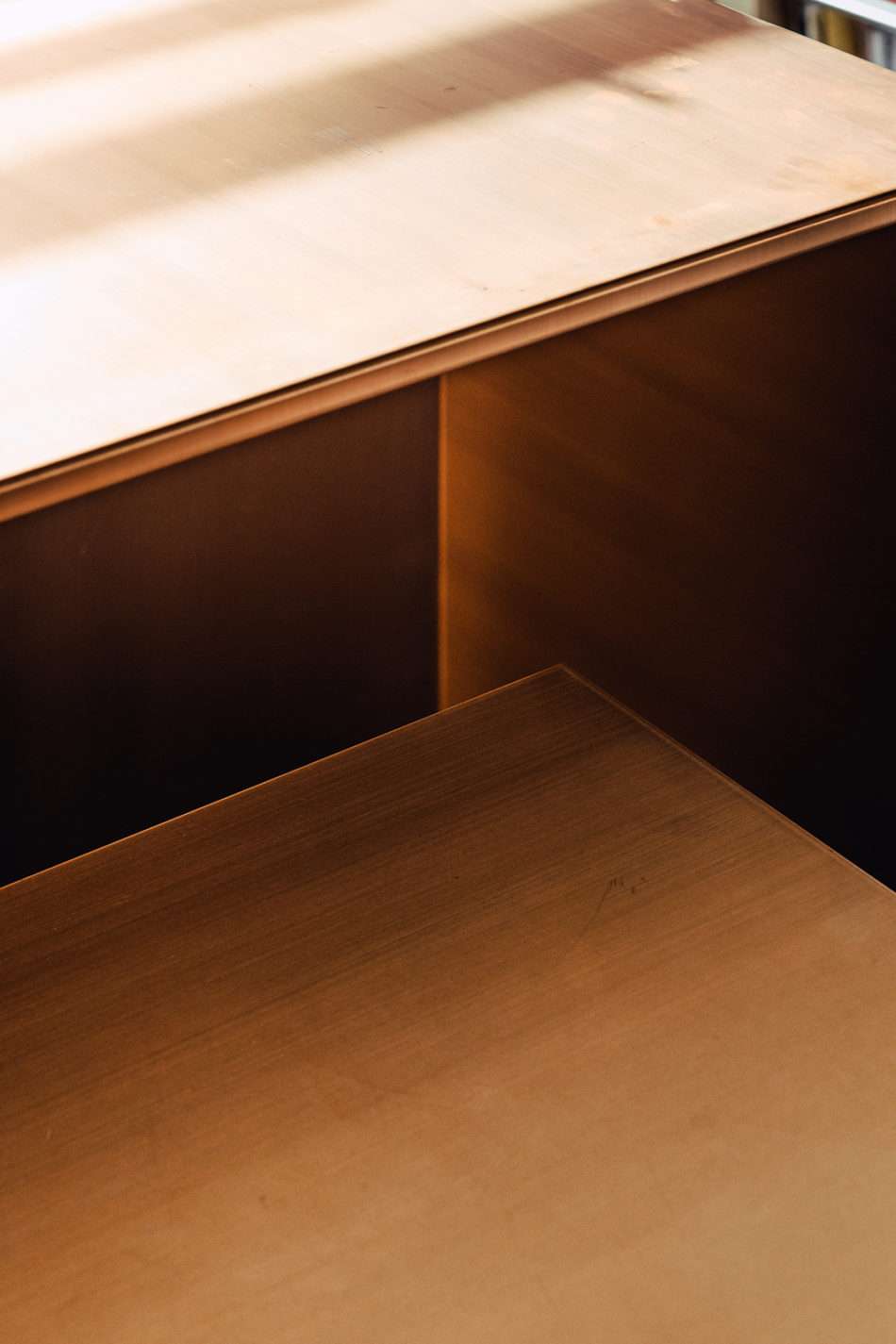
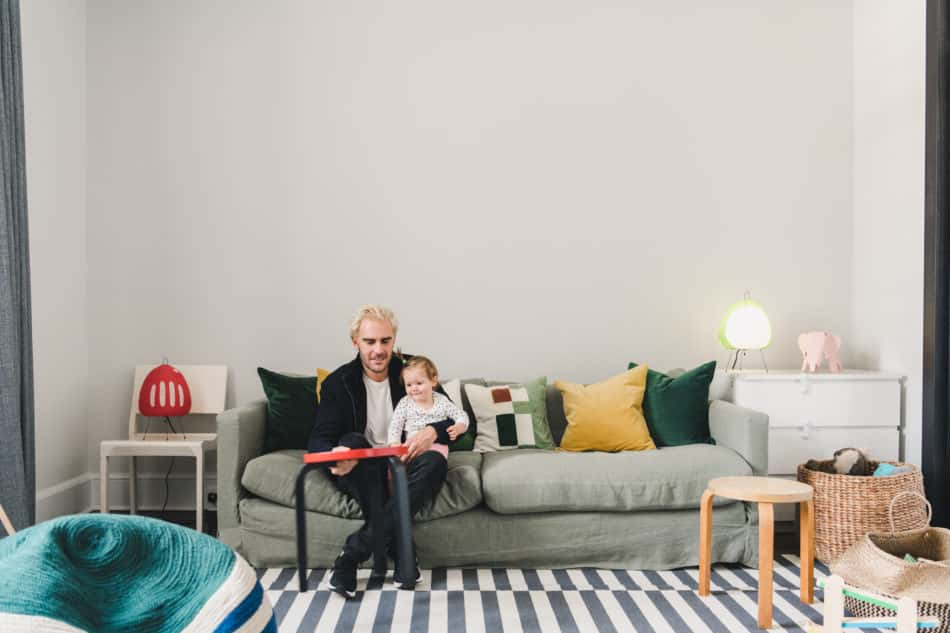
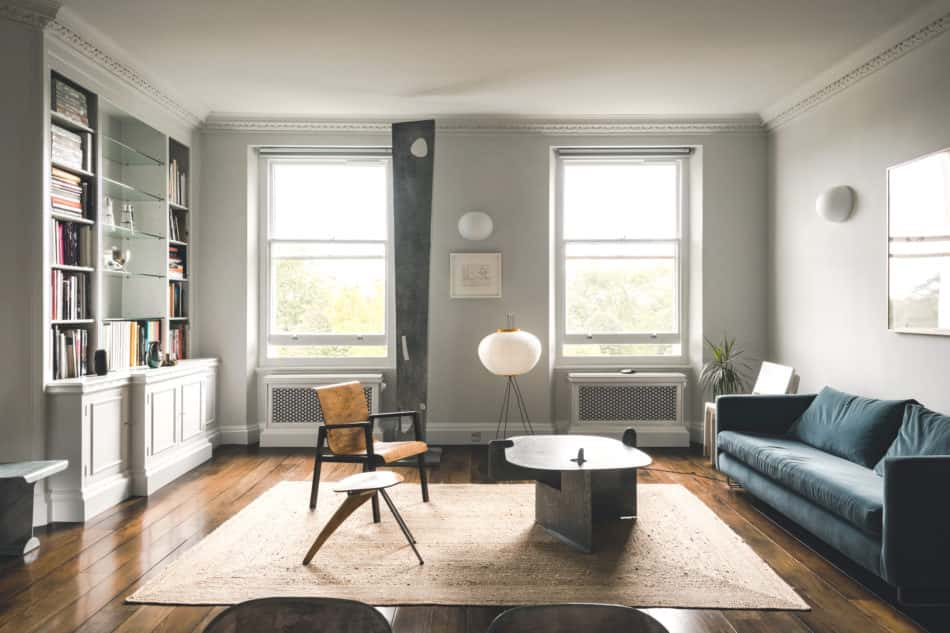
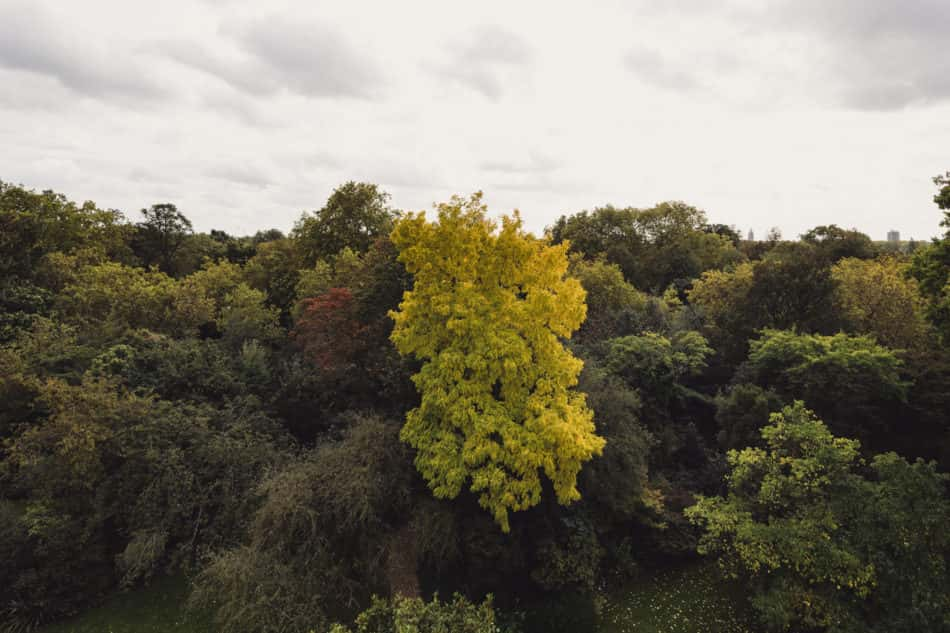
On one of the walls at curator Oscar Humphries‘ flat on the northern edge of Hyde Park, which he shares with his wife Sophie and their young daughter, there is a small drawing that was given to him as a young boy by a friend of his dad’s. At first glance, it appears naive and child-like, most probably done off-hand to keep a young Oscar entertained. Get a little closer and the source of that artistic simplicity is revealed as the signature of ‘David Hockney’ becomes legible. If starting an art collection is something you should do as early as possible in your life, Oscar certainly made some auspicious early moves…
His later ventures have proved equally as astute, first as director of Sebastian + Barquet design gallery, where he organised the first selling shows of Rick Owens, Pierre Jeanneret and Jean Prouvé furniture in London, and more recently as an independent curator, dealer and advisor. His shows, in locations from Mexico to Basel, tend towards being explorations of the geographical and cultural inspirations on artistic work: ‘Sean Scully: Los Años Mexico’, ‘Altitude: Charlotte Perriand & Carlo Mollino, design from the Alps’ and ‘Sèvres & Japonism’ all being examples. Many of his curatorial projects have been with museums and he is a specialist on the artist Sean Scully, with whom he has made over eight museum exhibitions.
Here, Oscar runs us through some of his pieces, shares his tips on starting an art collection, from what to look for, how to buy and what your motives should be, and tells us why he’s got a thing for Christopher Dresser at the moment…
Oscar: “I used to collect lots of different things: one Roman object, one tribal mask, one ancient Greek ceramic, one modern piece… I’ve come to realise it’s really important to focus, so now I collect with purpose because, otherwise, you just end up with lots of stuff; it becomes shopping. I don’t even want to look at the remnants of my old collections anymore for that reason.
“Forming a focused collection firstly looks much better in the end – to have consistency in something – it’s intellectually more stimulating because you actually learn about the subject and, finally, if you ever need to sell, it’s much easier if you have a collection of ‘x’, rather than saying, ‘I’ve got one of this, one of that’. I always try and encourage clients and friends to be disciplined.
“Of course, buying art and design is fun, but you don’t want to end up with something that feels random. Having said that, just look at the mantlepiece: there’s an early Ettore Sottsass totem made of enamelled copper and wood as well as a unique broach by Alexander Calder, which I think of as a little sculpture, rather than a piece of jewellery. The only things these two works have in common is that I own them, so I’m breaking my own rule there…
“If you happen to be very rich, why not just buy whatever you want?! But, if you’re not extremely rich, you do have to be disciplined, and you have to remember that you can love things but not own them. Of course, you buy with your heart, but you also have to buy with your head a bit as well.
“But, breaking my own rules again, buying Donald Judd furniture, as I have here, is crazy and doesn’t really hold up as an investment! Especially the copper pieces, like my desk. You touch it and it’s forever oxidised and marked; instantly depreciated. Maybe he wanted that. Everyone who sells Judd furniture, which I have given up trying to do, says the oxidization is what he loved about it.
“But I love his work. He made a very clear division between design and art and talked a lot about how much he hated bourgeois overstuffed sofas. Instead, he made furniture out of necessity. He thought there were three positions: standing, lying and sitting – he wasn’t a big lounger.
“Of course, there is a sculptural element to Judd’s furniture that means it’s not always the softest. But the only furniture less comfortable than Donald Judd furniture is metal Noguchi furniture, which I have in the living room! They’re really more sculptural pieces.
“Of all the great American sculptors, and I put him up there
with Calder, he was the one most closely associated with design. There’s a lot
of Noguchi design, and a lot of it is still in production.
“The lights are from the Akari series that he started when he moved back to Japan briefly in the 1950s, when he started making ceramics too, and I have some of those pieces. The Akari light series is still in production, and he designed well over 100 different models in washi paper, with Japanese fabricators. Eighty-eight of those are still in production but we only see a fraction of them, because some of them are really complicated and have to be special-ordered.
“I’m a total snob about Noguchi design and I have some really important pieces but, with the lights, I just buy new ones. They’ve been in continuous production, so why do I need a special one from the 1960s for 20 grand when you can buy them for £300?
“They’re the perfect light: beautifully designed and not too expensive. I mean, they’re vaguely impractical (mine keeps falling over) but I think that’s because they were designed by an artist, not a designer.
“Noguchi started designing furniture in the 1940s and The Rudder Stool I have is one of the first pieces he made with Herman Miller just after the war. They made it for a while but it’s totally impractical and no one really wanted it. Essentially, he took two parts from an Eames chair and reconfigured it, so it’s kind of a Frankenstein piece of furniture. It’s back in production by Vitra now, but it’s very very different.
“At the end of his life he started working with Gemini, who are the great fabricators, printers and makers of art editions (for Richard Serra et al). He started working with them in the early 1980s to make very limited edition sculpture and furniture and the tall piece in the living room is the first piece he made with them in 1981. I think there are 16 of them, made after a sculpture he did in 1969 called ‘Pylon’. It was a big success and he made many more pieces, the most popular being the galvanised steel chairs and table I have.
“There’s a lot of Aalto pieces here too. I think Aalto is so easy to get behind: he’s so brilliant and I think it’s so undervalued. If you’re not snobby about Aalto you can get really great things for 200 or 500 quid and I have a few 1940s pieces that didn’t cost much because they’ve been overpainted tons of times, and so for a real Aalto collector they wouldn’t be interesting, but I really like them.
“My first good job was as the director of a design gallery. We did the first Carlo Mollino show in London, the fist Rick Owens show, the first selling show of Prouvé, Jeanneret etc. And that’s why I think now I’m a bit sick of Prouvé and Jeanneret: because I was active in it early on when it was a totally different price.
“Now, unless you’re buying from one of the major, serious Paris design galleries, most of it is over lacquered or made of bits and pieces, or completely fake. I never advise people to buy it, unless of course they really want to and then, why not? It’s still really great.
“And Prouvé, of course, is a genius, but I think there are other places to look, which is why I’m getting more and more interested in the 19th century. I’ve started forming quite a big Christopher Dresser collection, with over 70 ceramics now, and glassworks too. It’s so funny with Dresser because I have a museum-worthy piece, better than the one in The Met, and then the piece next to it was £500 on eBay – so there’s still a lot of opportunities. That’s why the 19th century is so interesting because you can still make discoveries.
“To anyone who is looking to start collecting, I would say to buy what you love but that discipline is very important. With every collector I know, including myself, everything they bought in the early years were mistakes, more or less. I’ve seen that with so many collections – the first things they bought compared to the things later when their taste had, not matured, but become their own.
“And, frankly, I’d be wary of the mania for contemporary art. There’s so much FOMO in that field and I feel it too. I curate contemporary art shows and I also deal in contemporary art, and it’s that that allows me to make Christopher Dresser collections – I couldn’t live like this dealing in ceramics!
“Although I’m very interested in contemporary art (every artwork on the walls here is modern) my feeling is that the market is such a casino at the moment, which makes it tricky to properly invest in and why you need to look at what you really like.
“And yeah, you can make money collecting art, but if you buy with your ears (meaning you listen to gossip and buy the hot thing) not your eyes, it will all go wrong and you won’t make anything. It’s like buying Tesla stock when it’s booming. If you want to buy contemporary art, buy young and buy the next big thing before it is the next big thing. And buy more than one work; buy in-depth. Or buy someone you greatly admire and forget about the numbers. Sean Scully is the living artist I most admire and an exception – how can you put a price on a masterpiece?
“Martha Jungwirth, who I have a work of in the living room, is an interesting one. She’s 80 years old and was very well respected and collected in Vienna but not huge internationally until recently. And then Albert Oehlen rediscovered her, and now she shows with Modern Art gallery in London and just had a big show with Fergus McCaffrey in New York. In her late 70s she’s had this amazing moment, and she proves that under-appreciated artists aren’t all in their 20s.
“It doesn’t make me too nervous having these works of art out with a child, because it’s all up high and, very decadently, we have a second living room which is much more fun and wreckable.
“I used to collect a lot of Roman glass and I lost a lot. A lot was broken! I remember once I was totally broke and had to sell a piece back to someone. I got it out to put it in the box and as I did so I knocked it – it shattered into pieces.
“I don’t sell any of these things in my home, and almost everything is in storage. You can’t live in a disciplined way (not that I’m a minimalist) without having a lot in storage and hidden in cupboards!
“We used to be in a basement flat before this. We rent here and I don’t own a flat, probably because I collect so much that I can’t afford to! I’m from Australia and Sophie lived in New York, where you have a lot of light for ages, and I suppose we just couldn’t live in a basement anymore. There was light but I think no matter how bright a basement is there is still a sense of weight overhead.
“Then, this came up and we really wanted it. The living spaces were quite hard to configure but, in the end, we went for the main space being the grown-up room and the other one being the ‘real’ living room. Honey, our daughter, still plays everywhere but I think it’s good to have a division.
“It’s great to find a space like this, which is essentially quite plain, but a very well- proportioned 19th-century set of rooms. The challenge was to make it a modern space with the furniture and art. In the main living overlooking the park, we wanted to embrace the view and not compete with it and so there’s not a lot of colour to distract. We’ve only been here a few months but it feels like home, and I don’t want to ever move again – this is it!”
–
Oscar’s latest publication, Liliane Tomasko: dark goes lightly, celebrating the artist’s exhibition at Château La Coste, Provence (21st October to 18th December) is out now.
